Color and Wellness: The Science Behind the Colorful 7 Systems
Colors have a profound impact on our lives, influencing our emotions, energy, and even our physical health. They are more than just visual stimuli; they resonate with our mind, body, and spirit, playing a vital role in promoting overall wellness. The concept of the “7 systems” draws inspiration from ancient traditions, particularly the idea of chakras—seven energy centers in the body, each associated with a specific color and function. These systems connect the science of light and color with holistic practices for health and healing.
In this expanded guide, we delve deep into the science and symbolism behind the colors of the 7 systems, how they influence well-being, and how you can use them to achieve a more balanced and vibrant life.
Understanding the 7 Systems and Their Colors: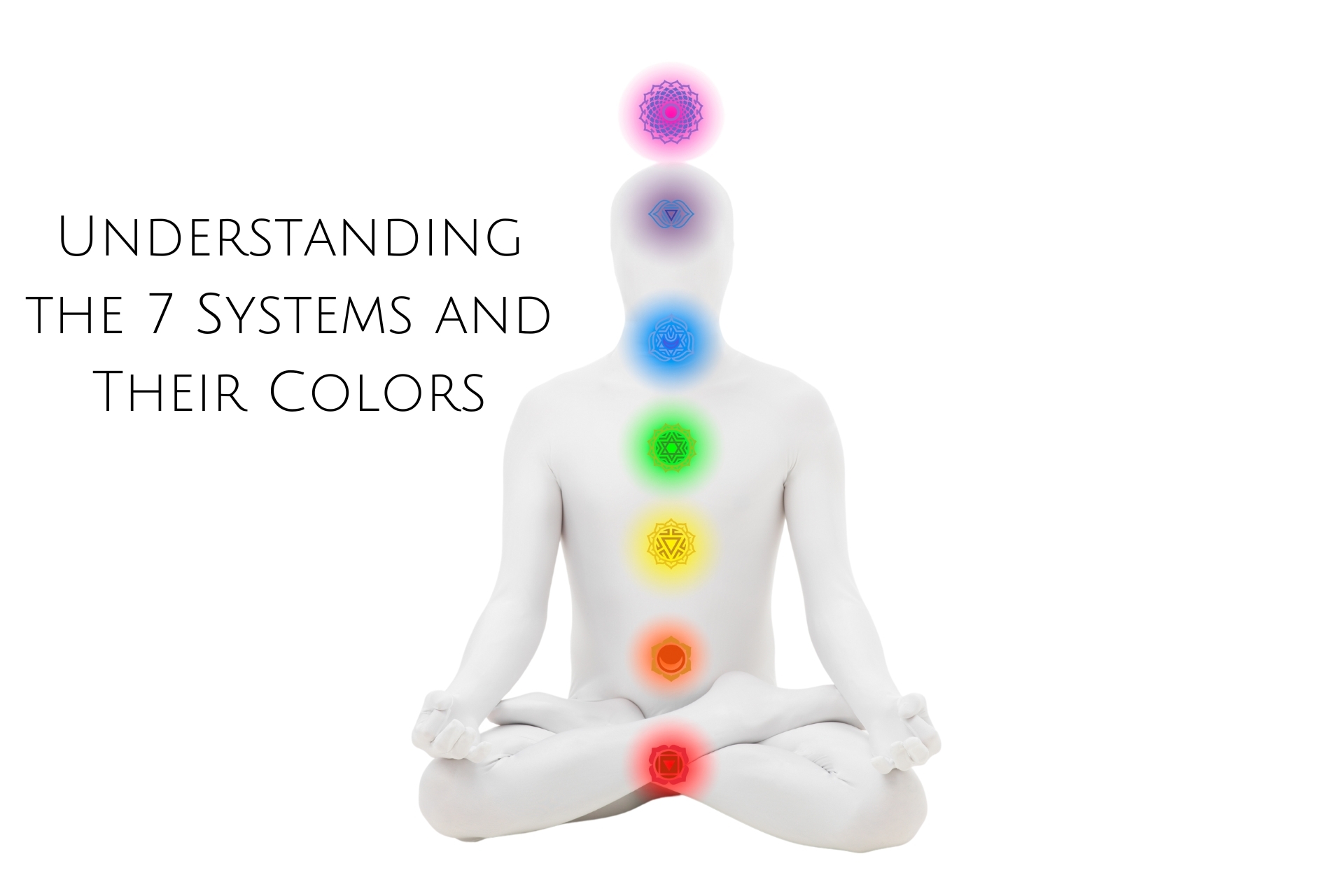
The 7 systems represent interconnected aspects of our physical, emotional, and spiritual selves. Each system has a unique color, symbolizing specific energies and wellness attributes. Here’s how these colors align with science and holistic wellness:
Red: The Root System (Base Chakra):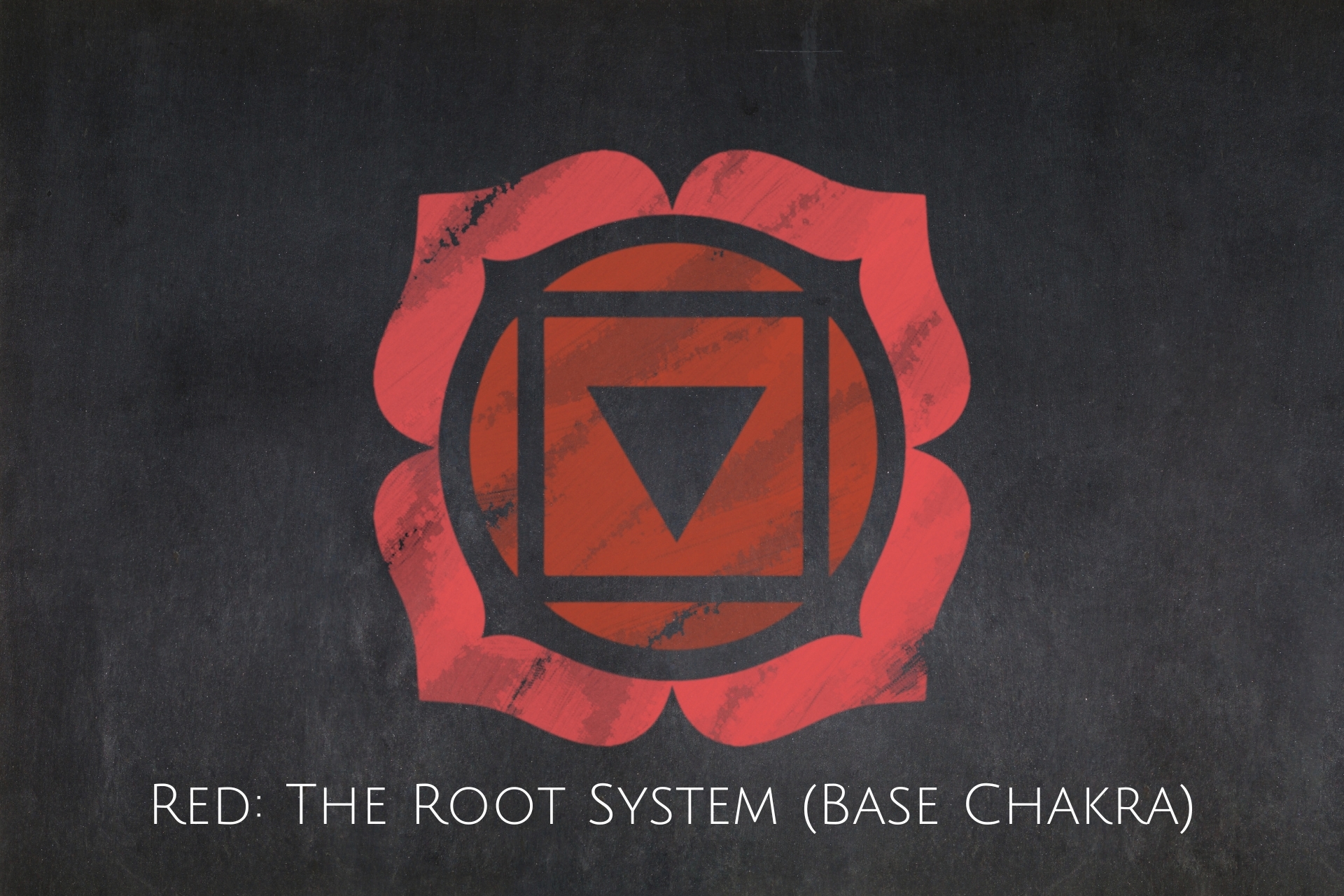
- Location: Base of the spine
- Focus: Survival, stability, and grounding
- Symbolism: Red is the color of vitality and action. It represents the foundation of life, providing security and a sense of belonging.
Science Behind Red:
Red stimulates the sympathetic nervous system, increasing heart rate and blood flow. It energizes the body and is associated with feelings of strength and determination. Studies show red can enhance physical performance and endurance.
Wellness Practices:
- Surround yourself with red through home accents or clothing to boost energy levels.
- Engage in grounding exercises, such as walking barefoot on grass or soil, to connect with the earth.
- Incorporate red foods like tomatoes, red peppers, and pomegranates into your diet to support vitality.
Orange: The Creativity System (Sacral Chakra):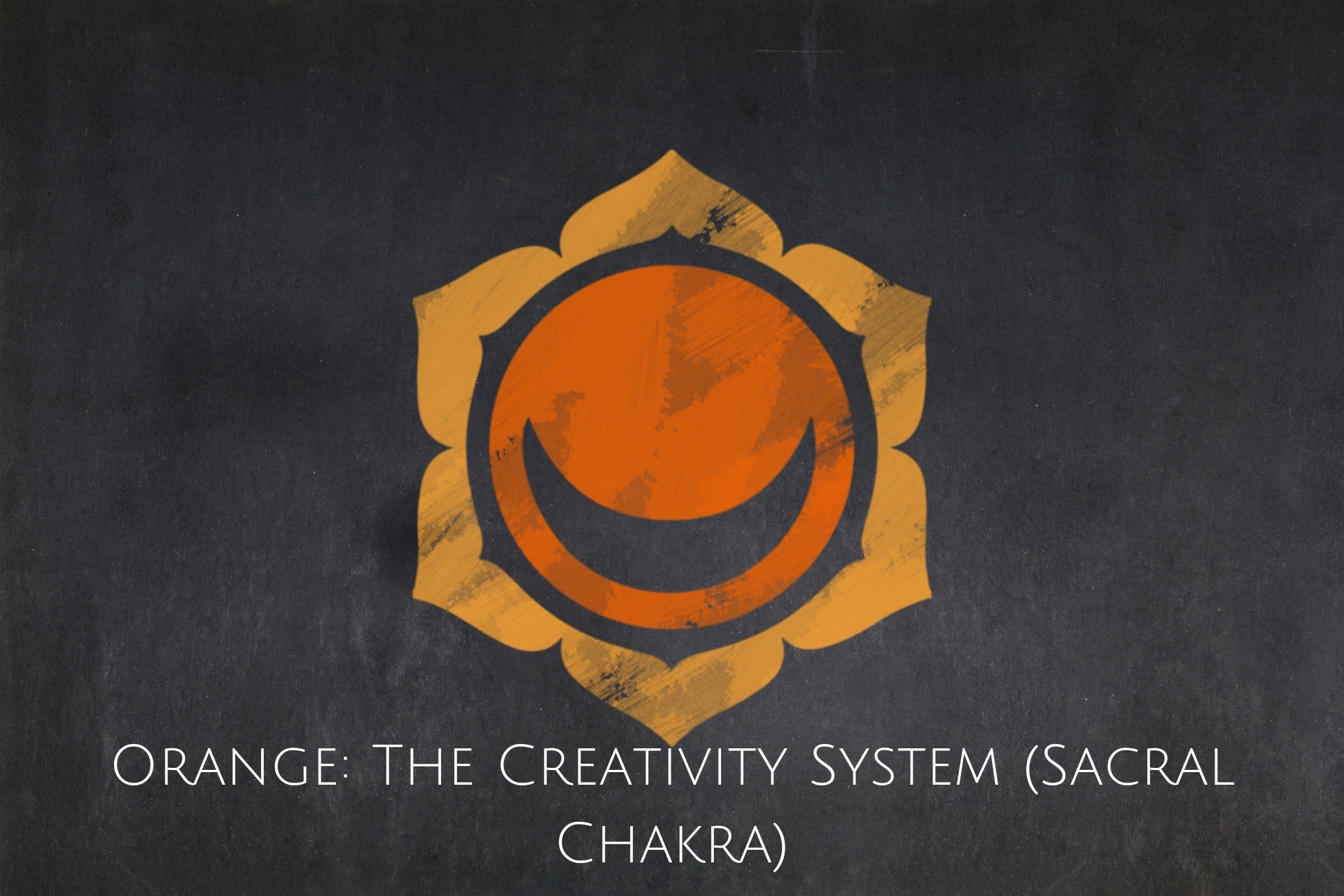
- Location: Lower abdomen, just below the navel
- Focus: Creativity, passion, and emotional balance
- Symbolism: Orange embodies enthusiasm and joy. It fuels creativity, relationships, and emotional harmony.
Science Behind Orange:
Orange enhances mood and sociability by stimulating dopamine production, often referred to as the “feel-good” hormone. It also encourages creative thinking and openness.
Wellness Practices:
- Use orange in your workspace to inspire innovation and collaboration.
- Incorporate foods like oranges, carrots, and sweet potatoes to support reproductive health and creativity.
- Practice activities like journaling or painting to channel your creative energy.
Yellow: The Power System (Solar Plexus Chakra):
- Location: Upper abdomen
- Focus: Confidence, personal power, and digestion
- Symbolism: Yellow signifies optimism, clarity, and confidence. It helps you take control of your life and make empowered decisions.
Science Behind Yellow:
Yellow stimulates the brain and nervous system, improving focus and memory. It is associated with the production of serotonin, a neurotransmitter that enhances mood.
Wellness Practices:
- Spend time in natural sunlight to absorb Vitamin D and boost your mood.
- Decorate your workspace with yellow accents to promote mental clarity and productivity.
- Consume yellow foods like bananas, corn, and turmeric to support digestive health.
Green: The Heart System (Heart Chakra):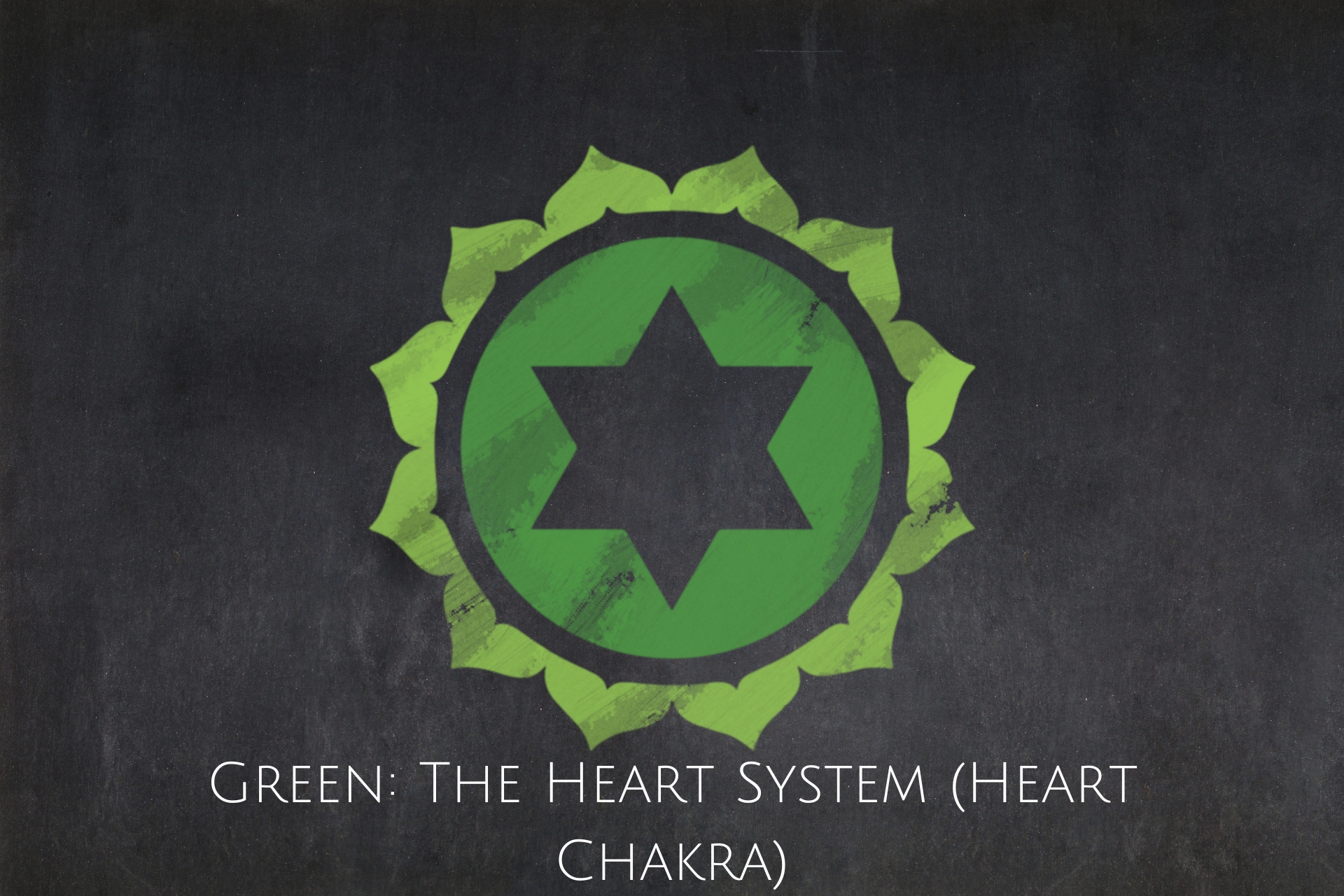
- Location: Center of the chest
- Focus: Love, compassion, and connection
- Symbolism: Green represents balance and renewal. It is the color of nature and growth, fostering compassion and emotional healing.
Science Behind Green:
Exposure to green, especially in natural environments, reduces stress and lowers cortisol levels. It promotes relaxation, enhances focus, and supports cardiovascular health.
Wellness Practices:
- Spend time in nature to recharge emotionally and physically.
- Add leafy greens like spinach, kale, and broccoli to your meals for heart health.
- Practice mindfulness exercises, such as gratitude journaling, to enhance feelings of love and connection.
Blue: The Communication System (Throat Chakra):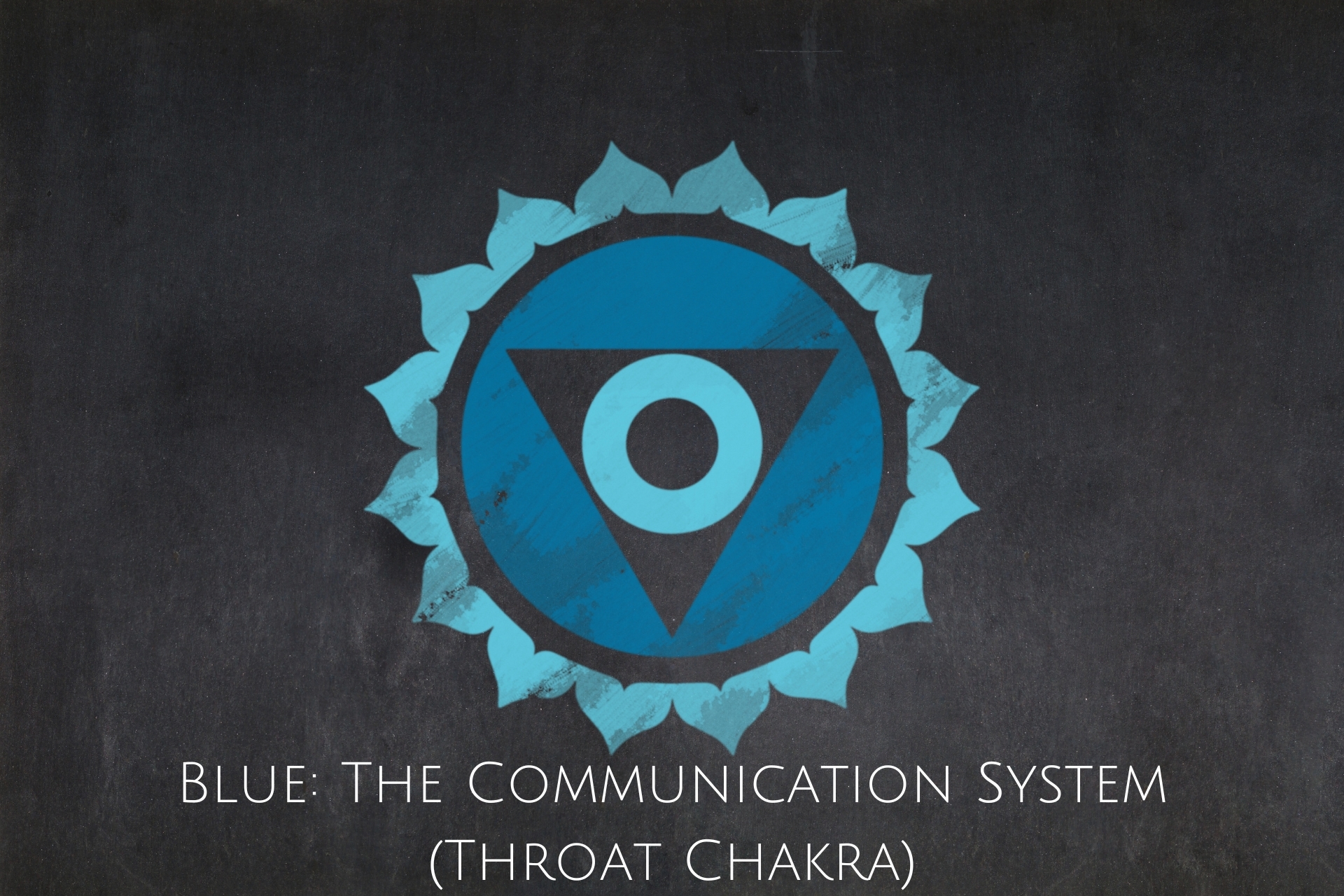
- Location: Throat
- Focus: Expression, communication, and truth
- Symbolism: Blue is calming and inspires trust, clarity, and honesty. It encourages effective communication and self-expression.
Science Behind Blue:
Blue has a calming effect on the body, reducing blood pressure and heart rate. It promotes mental clarity, aiding in effective communication and decision-making.
Wellness Practices:
- Use blue lighting or decor in meditation spaces to enhance focus and relaxation.
- Sip on herbal teas made from blue flowers like butterfly pea to soothe the throat and improve clarity.
- Practice affirmations or public speaking exercises to build communication skills.
Indigo: The Intuition System (Third Eye Chakra):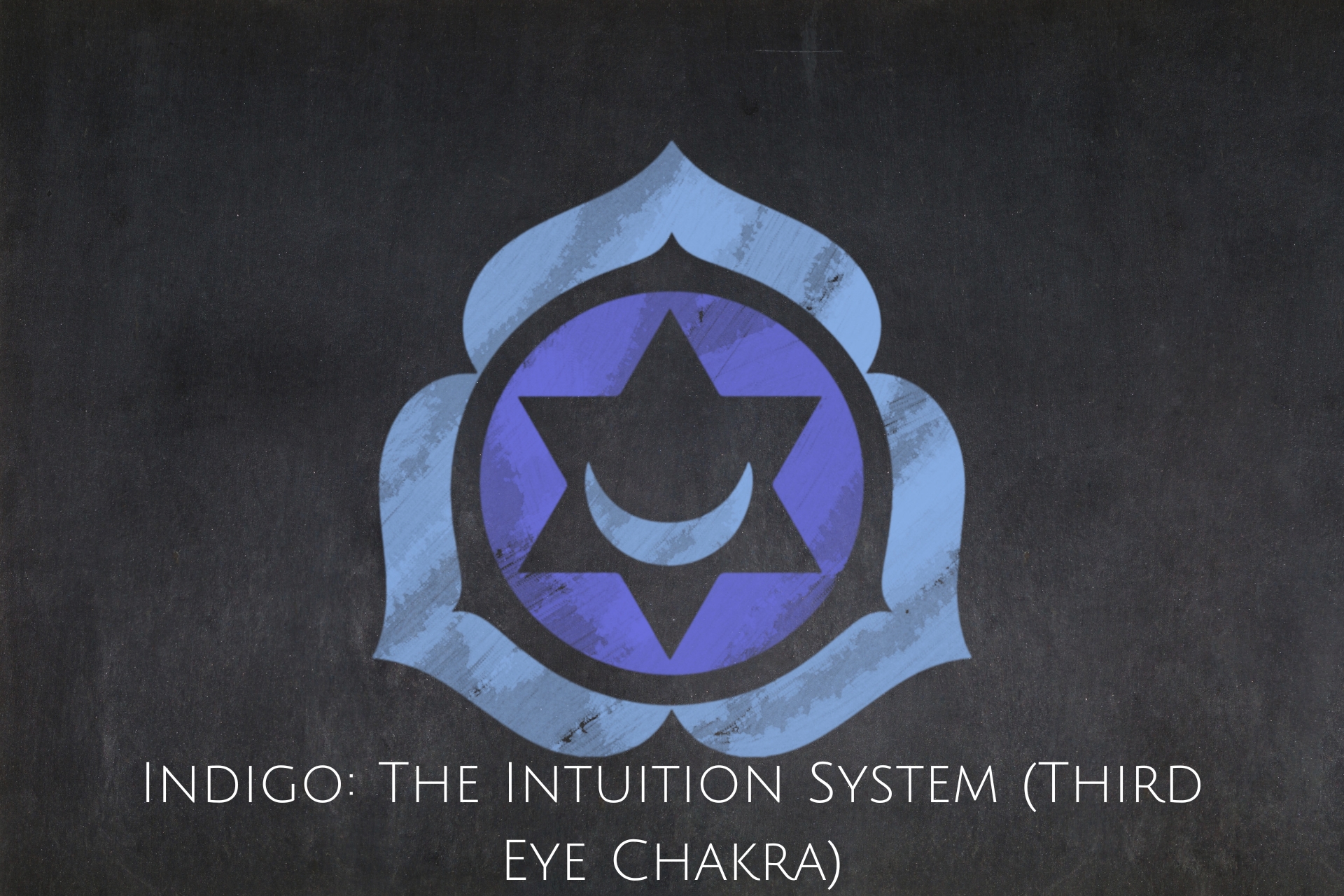
- Location: Forehead, between the eyes
- Focus: Intuition, wisdom, and imagination
- Symbolism: Indigo reflects deep thought and spiritual insight. It is associated with the exploration of inner wisdom and understanding.
Science Behind Indigo:
Indigo is thought to activate the pineal gland, influencing circadian rhythms and improving sleep quality. It also fosters a sense of calm and enhances problem-solving skills.
Wellness Practices:
- Create a peaceful nighttime routine with dim indigo lighting or relaxing music.
- Meditate with your focus on the space between your eyebrows to awaken intuition.
- Include dark-colored fruits like blueberries and blackberries in your diet to enhance cognitive function.
Violet: The Connection System (Crown Chakra):
- Location: Top of the head
- Focus: Spiritual connection, enlightenment, and transcendence
- Symbolism: Violet represents spiritual growth and enlightenment. It encourages self-awareness and a connection to the universe.
Science Behind Violet:
Violet has a soothing effect on the mind, promoting creativity and relaxation. It is often used in meditation and therapies aimed at stress reduction.
Wellness Practices:
- Use violet tones in meditation spaces to foster a sense of peace and connection.
- Incorporate lavender essential oils to calm the mind and enhance focus.
- Engage in spiritual practices like yoga or journaling to cultivate mindfulness.
Bridging Science and Holistic Practices:
The connection between color and wellness is backed by both ancient wisdom and modern science. Chromotherapy, or color therapy, uses specific colors to address physical and emotional imbalances, while scientific studies have shown how different wavelengths of light affect mood, energy, and health.
For instance:
- Blue Light Therapy: Used to treat Seasonal Affective Disorder (SAD) and regulate sleep cycles.
- Green Spaces: Regular exposure to greenery improves mental health and reduces anxiety.
- Color Psychology: Influences marketing, therapy, and design, harnessing colors’ effects on human behavior.
How to Harness the Power of Color:
- In Your Environment: Use color schemes that align with your wellness goals—calming blues for relaxation or vibrant reds for energy.
- Through Clothing: Wear colors that resonate with your mood or desired state of mind.
- In Your Diet: Eat a rainbow of foods to nourish both the body and the mind.
- With Visualization: Practice meditative techniques, imagining colors flowing through your body to balance energy centers.
- Via Art and Creativity: Explore painting, drawing, or crafting to engage with colors on a personal level.
Embrace the Power of Color for Wellness:
The colorful 7 systems are a guide to achieving balance in body, mind, and spirit. By understanding how colors influence your physical and emotional well-being, you can make intentional choices to enhance your health and vitality.
Let the spectrum of colors be your wellness toolkit—embrace their energy, and live a brighter, more harmonious life!
Recent Posts
-
Water Memory: The Quantum Perspective on Why Water is More Than H₂O
Water is everywhere—covering over 70% of the Earth’s surface, coursing through our bodies, and essen
-
What Are Biofilms and Why Are They So Hard to Get Rid Of?
Biofilms are fascinating yet challenging structures that have significant implications for health, i
-
The Science Behind Boswellia Extract: How It Works in the Body
Boswellia serrata, also known as frankincense, is a resin obtained from the Boswellia tree that has





